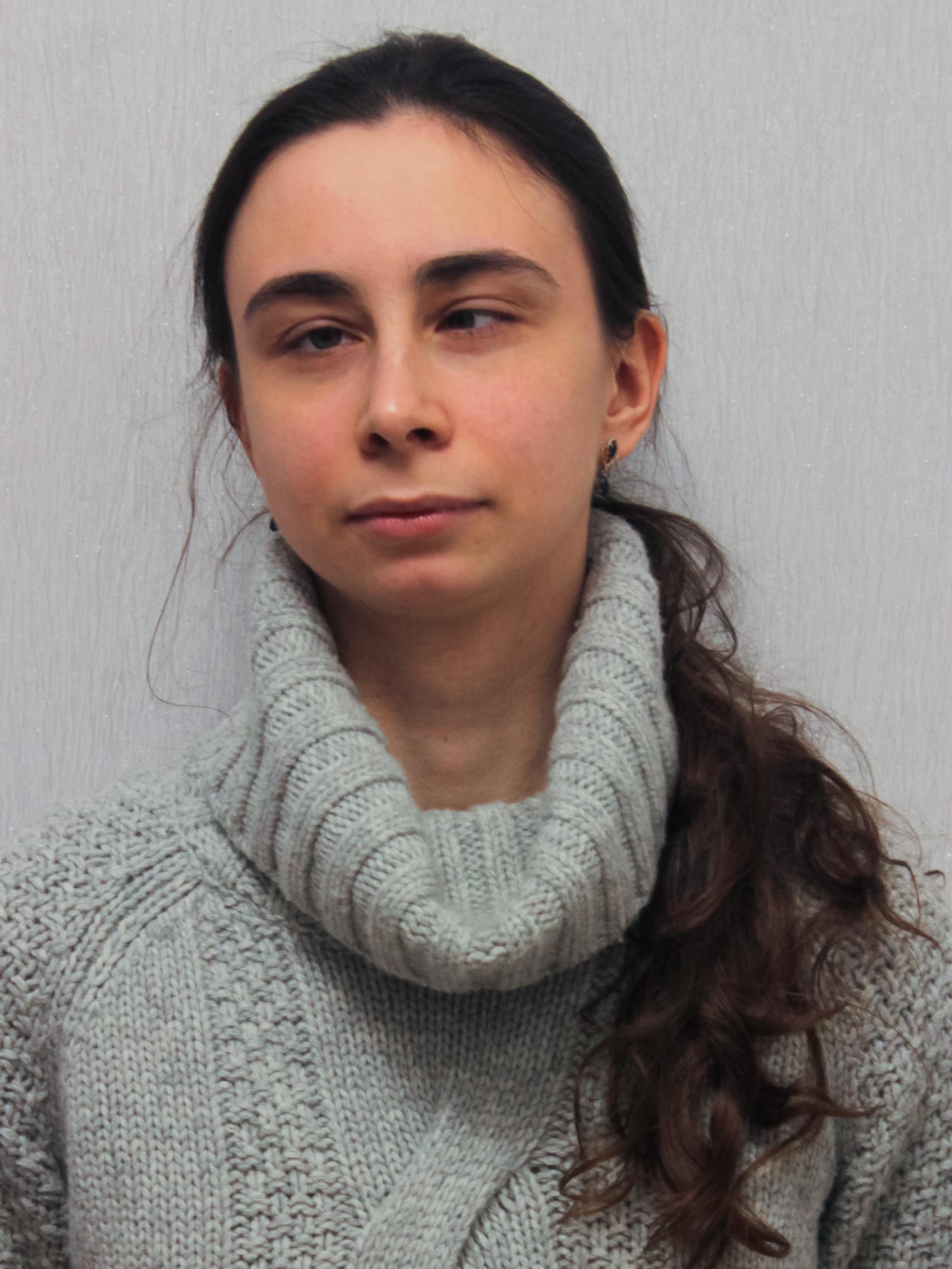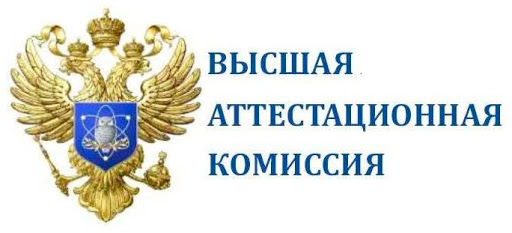The article analyzes the main ideas of E.G. Kagarov and P.G. Penner. They were two leading researchers of wedding rituals of Germans in the USSR in the 1920–30s. Researchers collected factual material for their works themselves in settlements of Germans in the USSR. Despite the close similarity of methodology, their interpretations were different. E.G. Kagarov, constructing his research in the context of the comparative analysis, focused on the protective and protreptic functions of wedding rituals, paying less attention to the social component. Kagarov’s postgraduate student, P.G. Penner, on the contrary, emphasized the socio-economic elements of wedding rituals. Both published sources and archival documents are used in this article in order to demonstrate the concepts of both scientists. One of the significant archival sources is the draft and the only surviving version of Penner’s dissertation “Reflection of Primitive Forms of Marriage in Wedding Ceremonies of the Germans of the USSR”, quotes from which are repeatedly cited in the text of this article. Penner disagreed with his supervisor regarding the interpretation of many elements of wedding rituals and argued with him in the text of the dissertation. In turn, E. G. Kagarov, noting places requiring deeper analysis, left his notes and comments in the margins of the document.
Key words: P.G. Penner, E.G. Kagarov, wedding rites, Germans of the USSR, primitive forms of marriage, preventive and protreptic rites
DOI: 10.22250/20728662-2025-1-144-151
About the author
 |
Elizaveta G. Bruk – Ph.D. (Philosophy), Assistant at the Department of Philosophy of Religion and Religious Studies, St. Petersburg State University; 5 Mendeleevskaya liniya, St. Petersburg, 199034, Russia; This email address is being protected from spambots. You need JavaScript enabled to view it. |






